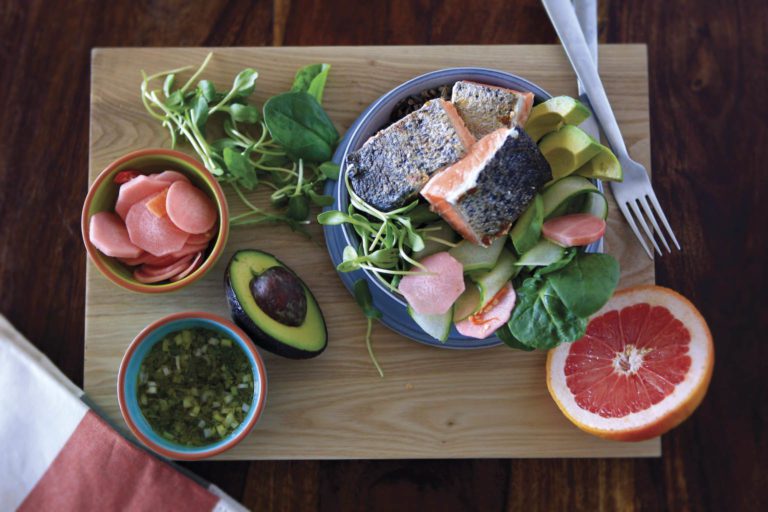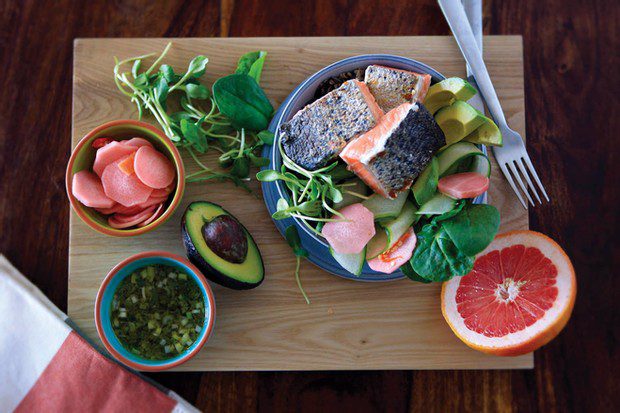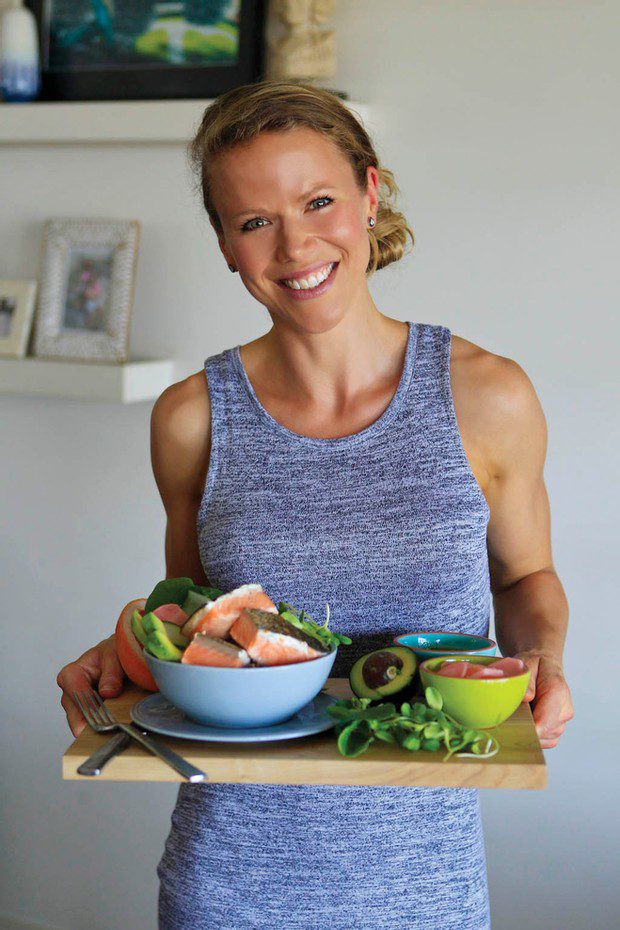GOURMET
Super Bowls

WORDS: PHOTOGRAPHY
Let your hair down and indulge over Christmas, but when January comes around it’s time to freshen up your diet and give your body the kick-start it craves. These Super Bowl recipes pack a powerful nutritional punch to make sure you’re on track for a healthy summer.
As a dietitian, my goal is to empower others with the knowledge and skills to achieve their health goals, nourish their bodies, and create a balanced and enjoyable relationship with food. Food can energize us, nurture us, heal and delight us; we should never underestimate its power!
Many of us tend to self-indulge rather than self-deny throughout December. Parties are frequent, food is fabulous, and alcohol flows freely. Really, why shouldn’t we relax our food rules a little? It’s a time of celebration and family get-togethers. And, how often does Christmas pudding come around during the year…
However, once January rolls around it’s important to rein-in the treats and focus on healthier options and fortunately here in Australia we have a January climate that encourages healthy eating. Hot summer nights and days by the beach call for crisp salads, refreshing fruit smoothies and easy barbecue dinners.
One of the easiest ways to incorporate healthy foods into your day is through a Super Bowl – a bowl brimming with foods that pack a nutrient punch. As a bonus these meals look amazing, which effectively makes them taste better (1).
To create a Super Bowl, start with plenty of green, cruciferous and colourful vegetables. We all inherently know vegetables are good for us, but Australians on average do not eat enough (2). By cramming two serves into your Super Bowl, you’ll be ahead of the pack and reduce your risks of heart disease, stroke and cancer (3).
Once you have a base of “the good green stuff”, choose a whole grain to mix through. Whole grains are a rich source of vitamins, minerals, protein and fibre. They have favourable antioxidant effects and can help lower blood cholesterol levels (4, 5). Consider unconventional grains such as amaranth, chia, millet, teff and wild rice, in addition to more standard varieties such as buckwheat, cous cous, and oats.
Next include a source of protein. Our bodies use protein for a myriad of processes including the growth and repair of tissues, and the formation of new blood cells. Protein-rich foods also slow down the digestion of our meal keeping us fuller for longer. Most importantly, quality overrides quantity when it comes to protein, so enjoy fish, seafood, poultry, beans and eggs more often than red and processed meats.
Finally, garnish your Super Bowl with micro-herbs, a zesty dressing, or nuts and seeds, and your meal is complete. You have just created a nourishing dish containing a balanced array of macronutrients, micronutrients, fibre, and flavour.
The different combinations of vegetables, fruits, whole grains, protein and healthy fats for a Super Bowl are endless! Don’t be afraid to experiment; your healthy eating will be back on track in no time, and your body won’t even know it’s a salad (shh!).
[ART: Sourcing info, pls hide this somewhere!]
(1) Studying the impact of plating on ratings of the food served in a naturalistic dinging context. Muchel, C. et al, (2015), Appetite, 90, 45-50
(2) Australian Bureau of Statistics. Australian Health Survey: Nutrition – State and Territory results, 2011-12.
(3) The global burden of disease attributable to low consumption of fruit and vegetables: implications for the global strategy on diet. Lock, K. et al, (2005), Bulletin of the World Health Organisation, 83(2), 100-8
(4) Whole grain intake and cardiovascular disease; A meta-analysis. Ellen, P. et al, (2008), Nutrition, 18(4), 283-290
(5) Australian Dietary Guidelines, 2013, National Health and Medical Research Council, Australian Government.












